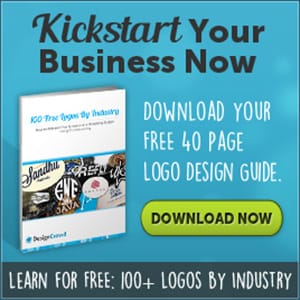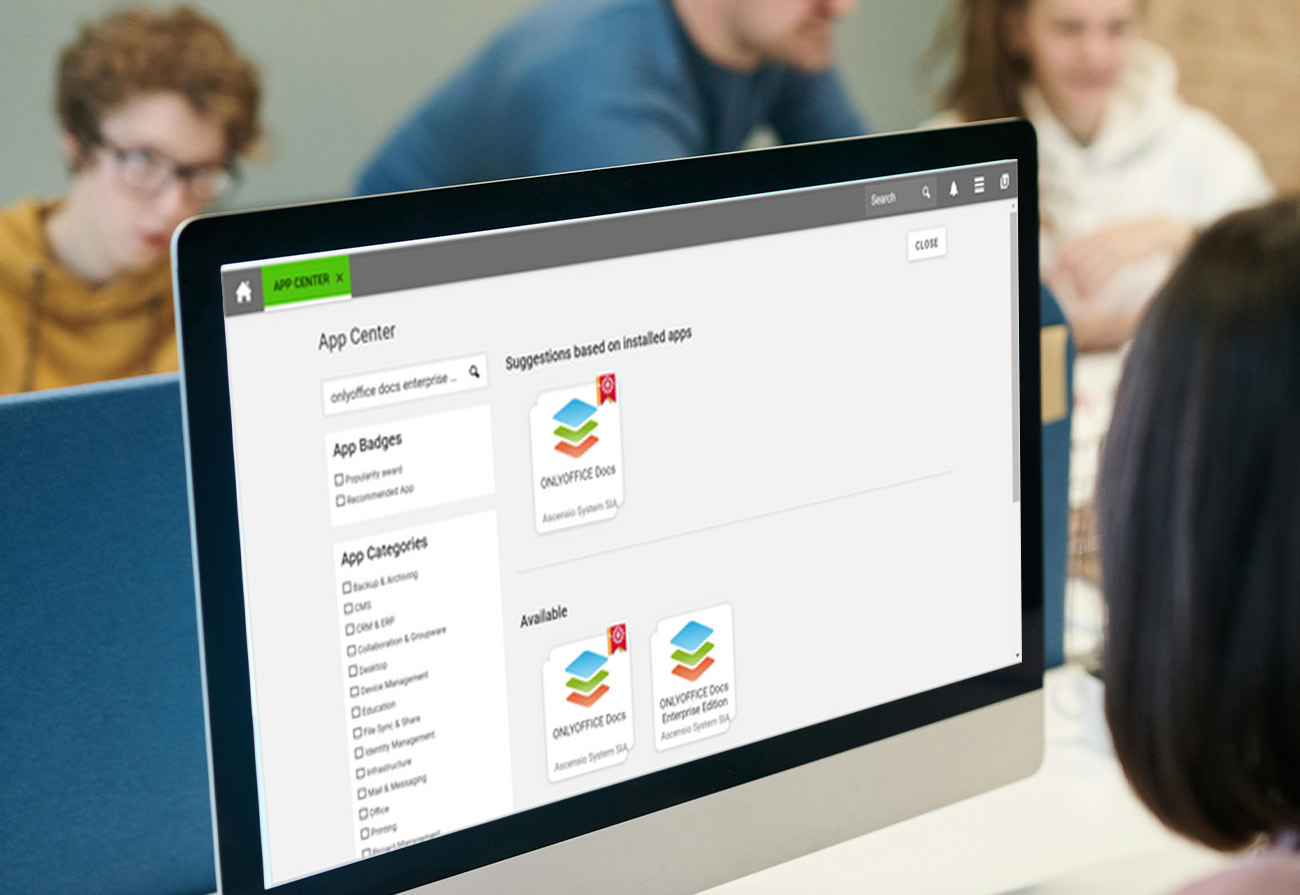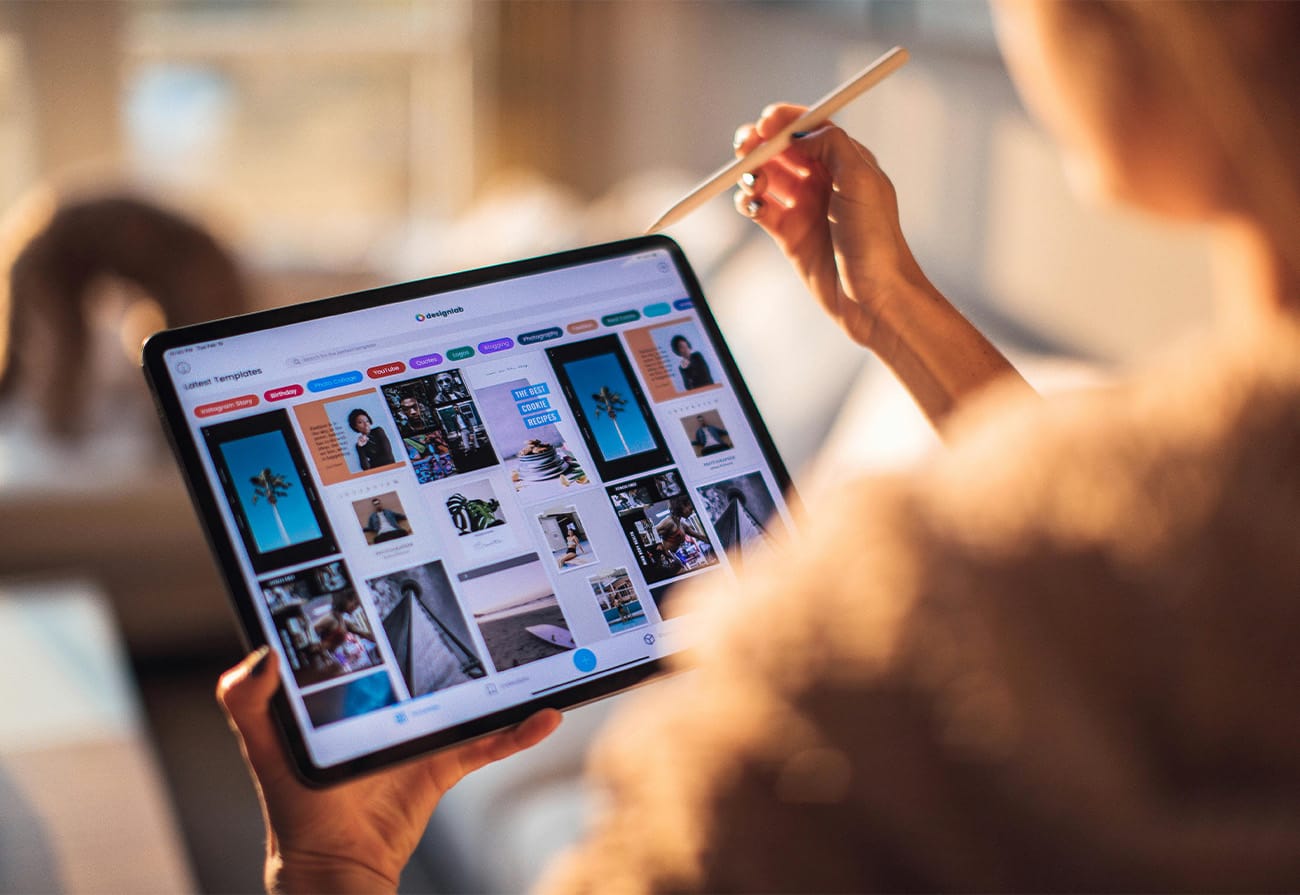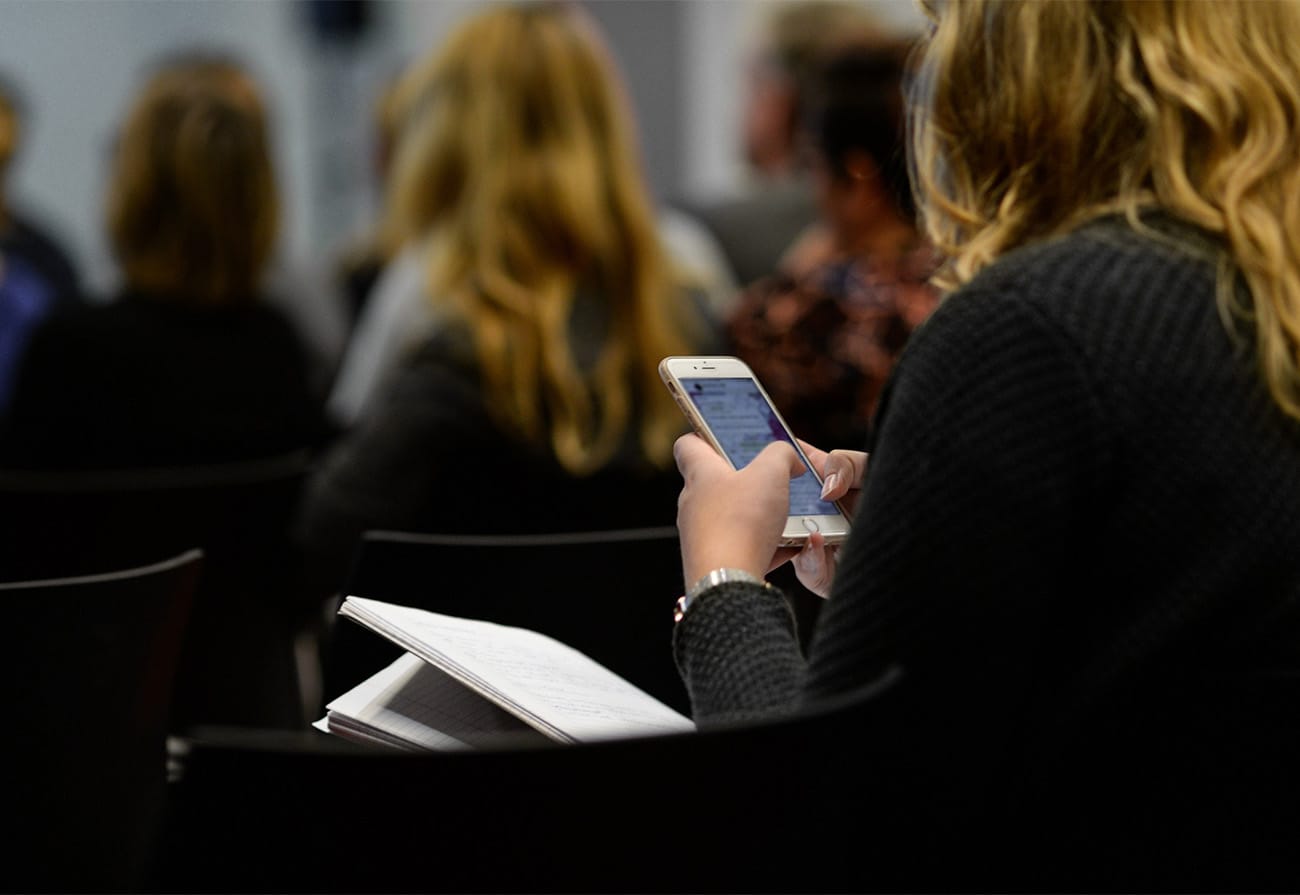A logo is the face of your brand it’s often the first thing people notice and a key component in shaping your audience’s perception of your business. Whether you’re an entrepreneur, startup, or established business looking to rebrand, getting a logo that represents your brand values, resonates with your audience, and stands out from the competition is essential. Luckily, platforms like DesignCrowd make it easier than ever to create custom logos, even if you’re on a budget or starting from scratch.
In this comprehensive guide, we’ll walk you through the logo design process with DesignCrowd, how to take advantage of free tools and resources, and what to consider when creating a memorable, impactful logo for your brand.

- $50 coupon to use on DesignCrowd projects
- 100 logo examples by industry included
- Expert Design Tips : color theory, logo types and more
- Case Study : How crowdsourcing design kickstarted my business
Table of Contents
- Why Your Logo Matters
- The Role of a Logo in Brand Identity
- First Impressions and Longevity
- Why Free Logo Design Doesn’t Mean Low Quality
- Getting Started with DesignCrowd
- What Is DesignCrowd?
- How DesignCrowd Works
- Why Choose DesignCrowd for Logo Design?
- Preparing for Your Logo Design
- Defining Your Brand Identity
- Researching Your Audience and Competition
- Deciding on the Style and Tone of Your Logo
- Using DesignCrowd for Free Logo Design
- Launching a Logo Design Contest
- Tips for Writing an Effective Design Brief
- How to Attract High-Quality Designers
- Logo Design Fundamentals
- Types of Logos (Wordmark, Iconic, Emblem, etc.)
- Color Theory and Psychology in Logos
- Fonts and Typography: What Works Best
- Simplicity vs. Complexity: Striking the Right Balance
- Free Tools to Assist with Your Logo Design
- Using Free Design Tools for Mockups
- Free Resources for Inspiration (Fonts, Icons, Colors)
- How to Provide Constructive Feedback
- Refining Your Logo and Making Final Choices
- Reviewing Logo Submissions
- How to Shortlist the Best Designs
- Making Revisions and Finalizing Your Logo
- After the Logo: Building a Consistent Brand Identity
- Where to Use Your Logo
- Brand Guidelines and Logo Usage
- Creating a Cohesive Visual Identity
- how to find DesignCrowd coupons
- Conclusion: Making the Most of DesignCrowd for Free Logos

1. Why Your Logo Matters
The Role of a Logo in Brand Identity
Your logo serves as the cornerstone of your brand identity. It’s a visual shorthand that communicates your business’s values, industry, and personality at a glance. A strong logo can build brand recognition, foster trust, and create a lasting impression in your audience’s minds. Think of iconic logos like Apple’s apple or Nike’s swoosh—these are simple designs, but they’re incredibly powerful because they immediately evoke thoughts of innovation, performance, and quality.
First Impressions and Longevity
First impressions matter—especially in the digital world, where attention spans are short. A well-designed logo gives your business an air of professionalism, signaling to potential customers that your brand is credible and trustworthy. Beyond that first glance, your logo will often be a long-term investment. A thoughtfully designed logo can last decades and evolve alongside your brand as it grows, so getting it right from the start is crucial.
Why Free Logo Design Doesn’t Mean Low Quality
You may think that a free or budget-friendly logo can’t compete with designs from high-end agencies, but that’s not always the case. Platforms like DesignCrowd allow you to access talented freelance designers from around the world at competitive prices. By utilizing free tools and following the right design principles, you can get a high-quality, professional-looking logo that rivals expensive alternatives.
2. Getting Started with DesignCrowd
What Is DesignCrowd?
DesignCrowd is a leading online platform that connects businesses and individuals with freelance designers to create custom logos, websites, graphics, and more. It operates on a crowdsourcing model, where you can post a design project and receive multiple design submissions from talented freelancers worldwide. You then choose the best design, ensuring that you have a wide range of creative ideas to select from.
How DesignCrowd Works
The process on DesignCrowd is straightforward:
- Post a Project – Submit your logo design brief with details about your business, style preferences, and any specific elements you want in your logo.
- Receive Submissions – Freelance designers from across the globe will submit logo designs based on your brief.
- Review and Choose – You can review the submissions, request revisions, and select the winning design.
- Pay and Download – Once satisfied, you pay for the design and receive your logo in various formats for online and print use.
Why Choose DesignCrowd for Logo Design?
- Access to Global Talent – You get multiple design concepts from a diverse pool of designers.
- Cost-Effective – You can set your own budget, making it affordable to get a professional logo.
- Customization – Unlike generic logo generators, every design is custom-made for your brand.
- Free to Post – You can explore free logo design options by launching a project at no upfront cost, with designers submitting their ideas for your approval.
3. Preparing for Your Logo Design
Defining Your Brand Identity
Before you begin designing, it’s essential to clearly define your brand identity. Consider the following questions:
- What does your business stand for?
- What values do you want to convey?
- How would you describe your brand’s personality (e.g., fun, professional, innovative)?
- What makes you unique from your competitors?
A well-defined brand identity will guide your logo design process, helping you choose the right style, colors, and fonts that align with your brand values.
Researching Your Audience and Competition
Your logo should resonate with your target audience, so it’s important to understand their preferences and expectations. For example, a tech-savvy audience may prefer sleek, modern logos, while a family-oriented business may benefit from friendly, approachable designs.
Also, research your competitors. What do their logos look like? What works well for them? This will help you differentiate your logo and avoid designs that are too similar.
Deciding on the Style and Tone of Your Logo
Logos come in a variety of styles, from minimalist and modern to classic and ornate. The style you choose should reflect your brand’s personality. Here are a few styles to consider:
- Minimalist – Clean, simple lines, and often monochrome. Best for tech or luxury brands.
- Vintage/Retro – Evokes nostalgia and can be great for boutique businesses or artisan products.
- Playful/Whimsical – Fun, bold colors, and friendly shapes. Ideal for children’s brands or casual, approachable businesses.
4. Using DesignCrowd for Free Logo Design

Launching a Logo Design Contest
One of the best ways to get a custom logo on DesignCrowd is by launching a design contest. You can start for free by submitting a project brief, and designers will submit their concepts for your review. You only pay for the design you love, so there’s no upfront cost to see ideas from various creatives.
Tips for Writing an Effective Design Brief
A well-crafted design brief is key to getting the best possible logo submissions. Here’s what to include:
- Company Overview – Briefly describe your business, industry, and target audience.
- Logo Style – Specify the style you’re looking for (e.g., minimalist, retro, modern).
- Color Preferences – Include any colors you want or specific color schemes to avoid.
- Design Inspirations – Mention logos you like or dislike and explain why.
- Message – Outline the key message or feeling you want your logo to convey (e.g., trust, innovation).
How to Attract High-Quality Designers
To attract the best designers, be as clear and detailed as possible in your brief. Offering constructive feedback on initial submissions will also encourage designers to make improvements, increasing your chances of getting the perfect logo.
5. Logo Design Fundamentals
Types of Logos
There are several types of logos you can choose from, each with its strengths:
- Wordmark (Text-based) – A logo using the business name in a stylized font (e.g., Google, Coca-Cola).
- Lettermark – A logo using initials or abbreviations (e.g., HBO, CNN).
- Iconic/Symbolic – A graphic icon that represents the brand (e.g., Apple’s apple, Nike’s swoosh).
- Emblem – A logo where text is encased within a symbol or badge (e.g., Starbucks).
Color Theory and Psychology in Logos
Colors play a critical role in logo design and can evoke specific emotions. For example:
- Blue – Trust, professionalism (often used in corporate logos).
- Red – Passion, energy, excitement.
- Green – Nature, health, growth.
- Yellow – Optimism, friendliness.
Make sure the colors you choose align with your brand’s message and target audience.
Fonts and Typography: What Works Best
The font you use in your logo should complement the overall design and reflect your brand’s tone. Serif fonts (e.g., Times New Roman) often convey tradition and reliability, while sans-serif fonts (e.g., Helvetica) offer a more modern and minimalist look. Script fonts can be elegant and sophisticated but should be used carefully to ensure readability.
Simplicity vs. Complexity: Striking the Right Balance
When it comes to logo design, simplicity is often key. A simple logo is easier to recognize, remember, and reproduce across different platforms. However, too simple can sometimes be generic or uninspiring. Find a balance where your logo is both unique and scalable.
6. Free Tools to Assist with Your Logo Design
Using Free Design Tools for Mockups
Before finalizing your logo, you may want to create mockups to see how it looks in real-world applications (e.g., on a business card, website, or product packaging). Tools like Canva, Placeit, and Adobe Spark offer free resources for creating logo mockups and visualizing your design in context.
Free Resources for Inspiration (Fonts, Icons, Colors)
- Google Fonts – Access thousands of free, high-quality fonts.
- Font Squirrel – Download commercial-use fonts for free.
- Flaticon – Explore a vast library of free icons for logo inspiration.
- Coolors – Generate and explore color schemes for your logo.
How to Provide Constructive Feedback
Once you receive logo submissions, it’s important to provide clear, constructive feedback to designers. Be specific about what you like and what needs improvement. For example:
- Instead of saying, “I don’t like this,” say, “The colors feel too bold for our brand can you try a softer palette?”
- Or, “The font is a bit hard to read can we explore a cleaner, more modern option?”
7. Refining Your Logo and Making Final Choices
Reviewing Logo Submissions
When reviewing logo submissions, keep your brand identity in mind. Look for designs that are versatile (work well in black and white or color), scalable (look good at both large and small sizes), and timeless (won’t feel dated in a few years).
How to Shortlist the Best Designs
As you narrow down your options, focus on a shortlist of logos that capture the essence of your brand. Consider how the logo makes you feel, how it aligns with your brand message, and how it might evolve with your business.
Making Revisions and Finalizing Your Logo
Most designers on DesignCrowd are happy to make revisions based on your feedback. Once you’ve settled on a final design, request any necessary adjustments, such as minor color tweaks or layout changes, to ensure the logo meets your expectations.
8. After the Logo: Building a Consistent Brand Identity
Where to Use Your Logo
Your logo should be featured prominently across all touchpoints of your brand, including:
- Website and social media profiles
- Business cards, brochures, and other print materials
- Product packaging
- Email signatures
- Merchandise (if applicable)
Brand Guidelines and Logo Usage
It’s important to create a set of brand guidelines that detail how your logo should be used. This includes specifying color variations, acceptable size ranges, and the correct amount of spacing around the logo. Clear guidelines will ensure consistency across all brand communications.
Creating a Cohesive Visual Identity
Your logo is just one part of your visual identity. To create a cohesive brand image, make sure your color scheme, typography, and other design elements align with your logo and overall brand personality.
9. Conclusion: Making the Most of DesignCrowd for Free Logos
DesignCrowd Coupons: Affordable Custom Design Services
Save on custom design projects with DesignCrowd coupons! Whether you need a logo, website, or graphic design, DesignCrowd connects you with talented freelancers worldwide. Use these exclusive coupons to get professional, creative designs tailored to your brand at a fraction of the cost. Start saving today!
10. Conclusion: Making the Most of DesignCrowd for Free Logos
Designing a logo doesn’t have to be a costly endeavor, and with platforms like DesignCrowd, you have access to a world of creative talent at your fingertips. By following the steps outlined in this guide, you can confidently navigate the logo design process, even if you’re working with a limited budget or starting with no design experience.
Remember, a well-designed logo is more than just a pretty graphic it’s a vital piece of your brand identity that helps communicate who you are and what you stand for. Take the time to get it right, and with the help of DesignCrowd, you’ll have a logo that you can be proud of for years to come.





